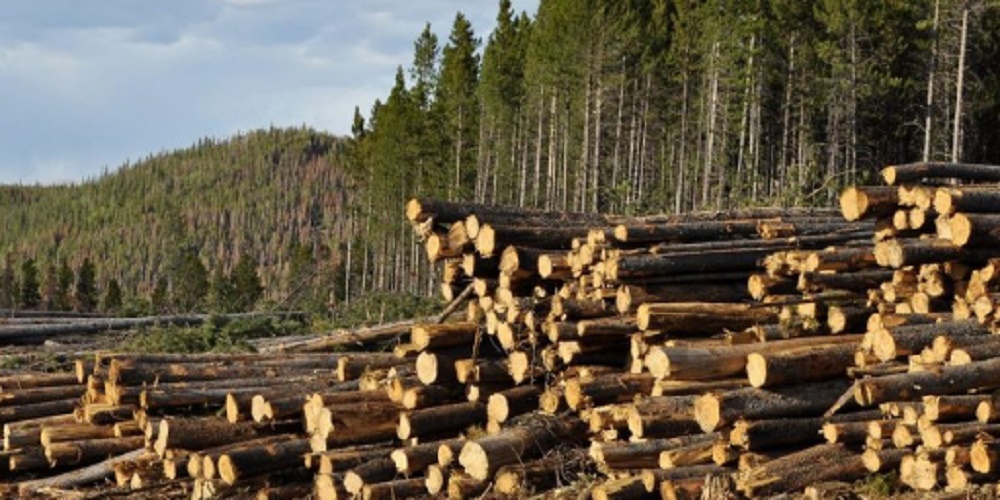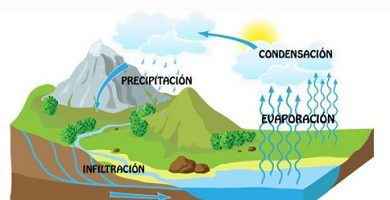What is the exploitation of natural resources?
We explain what is the exploitation of resources and their consequences. Types of natural resources and examples of exploitation.
-
What is the exploitation of natural resources?
The exploitation of natural resources refers to the activities of extraction and processing of the raw material available in nature by the human being , for the purpose of obtaining energy and manufacturing industrial inputs or processed consumer products.
From the fruits collected and the animals hunted for food, or the cut wood and the mined stone to manufacture houses and tools, to the raw material of the complex industrial, energy, oil and manufacturing processes that modern industry is capable of, the Humanity has always taken advantage of the natural resources of its environment to make life easier and better. And that is the exploitation of natural resources.
This type of activity, however, witnessed a gigantic increase in the wake of the Industrial Revolution and subsequent technological revolutions that allowed the emergence of contemporary society . The new consumer society needed to produce its goods in a massive way, which required constant raw material and in large quantities.
Although this allowed an unequaled technological development and a substantial improvement in the quality and life expectancy of the human being, compared to pre-industrial times, it also brought pollution, overexploitation and ecological destruction.
-
Types of natural resources
Today various types of natural resources are exploited, which can be classified into three categories:
- Nonrenewable resources . Those that exist in finite quantities and that once exhausted will not occur again, or it will take large periods of time to do so. For example, oil .
- Partially renewable resources . Those who are constantly occurring in nature and do not run the real risk of running out soon, because they occur more quickly than they are consumed. For example, fishing for certain species of rapid reproduction.
- Renewable resources . Those who do not exhaust themselves with their use or who recover their original condition with speed, so there is no possible risk of their exhaustion. For example, sunlight used to generate solar energy .
-
Examples of exploitation

Some examples of exploitation of natural resources are:
- Oil exploitation . Oil is one of the most valuable resources of all time, from which numerous inputs are derived for various human industries and also different hydrocarbon fuels. The oil is non-renewable and is obtained from ancient deposits of organic matter in the subsoil, which after centuries of pressure and temperature become a homogeneous fossil mass.
- Wood exploitation . Tree felling to take advantage of its wood is also an important industry worldwide, since wood is used as a raw material in the manufacture of furniture, toys, tools, ornaments, etc. And the pulp is also used in paper production.
- Commercial fishing . The fishing exploitation can be of several types: coastal and artisanal, massive and trawling, or specific, as was the whaling during the early twentieth century. In any case, it is about extracting life from the ocean to generate food and other commercial inputs.
- Atomic energy . The production of electricity through controlled nuclear explosions requires very particular inputs, such as Uranium or Hydrogen isotopes, some of which can be extracted from the subsoil, and others can be manufactured in the laboratory from, in turn, other mineral inputs.
-
Consequences of overexploitation
It is called overexploitation to the excessive or uncontrolled exploitation of natural resources, especially those that are not renewable or only partially renewable. The consequences of this uncontrolled activity are usually:
- Resource depletion . The extinction of species, rapid depletion of mines or termination of exploitable surfaces (as in agriculture ), which weaken the industry and lead to crisis of raw material.
- Environmental destruction . The destruction of natural habitats affects the quality of life of many species, which leads to the extinction and impoverishment of world biodiversity .
- Pollution . Overexploitation yields a greater amount of toxic, radioactive or ecological balance modifying waste, without giving the ecosystem time to deal with them or recover from their impact.
- Socioeconomic crisis . The imbalance of the extraction mechanisms usually leads to raw material crises and, therefore, to imbalances in the international market, now that the economy is globalizing . This translates into poverty and social and economic damage for the weakest countries.





